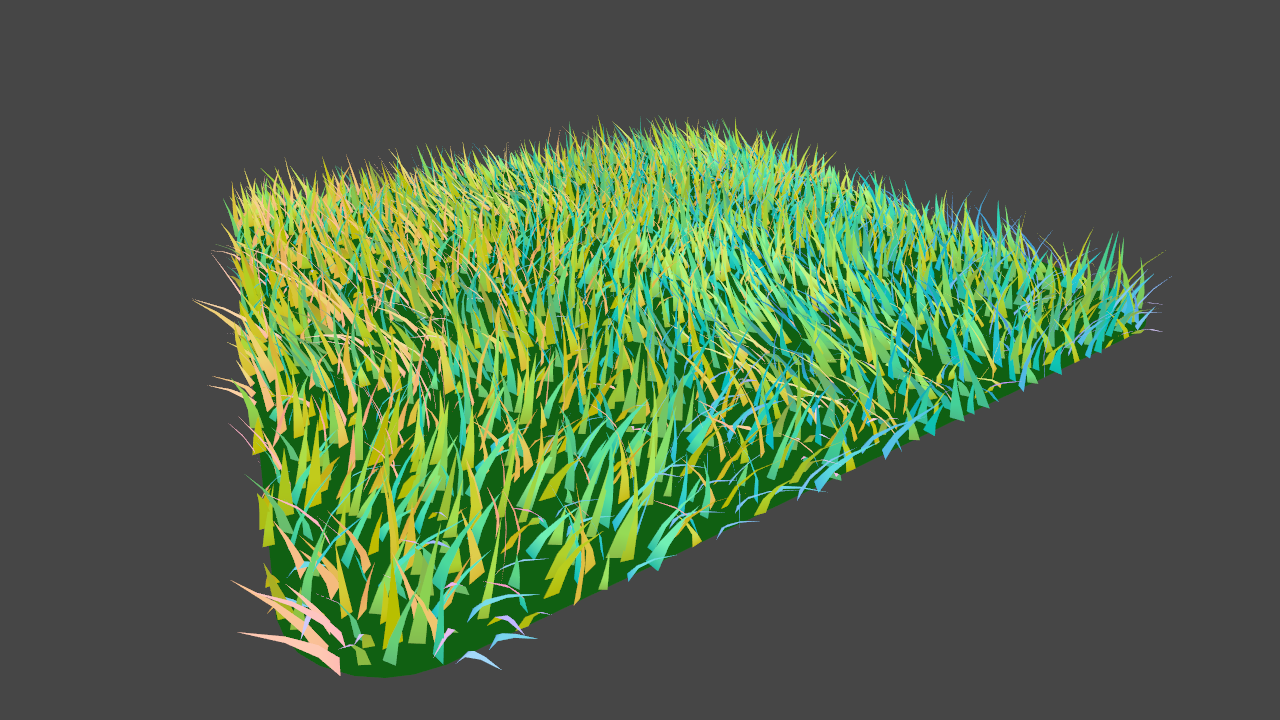

If you select any brush under the Terrain component and mouse over the terrain, you will see a blue area projected on the terrain. This allows you to sculpt your terrain similarly to a painting tool.


All the tools on the toolbar, with the exception of the tree placement tool and the settings panel, provide a set of "brushes" and settings for brush size and opacity, just like painting tools from a normal image editor. The terrain component provides you the tools you need to edit your terrain. You will see that the terrain has three components: Transform, the Terrain script, and the Terrain Collider component. Select the Terrain and look at the Inspector tab. If you check your Assets directory (bottom part of Unity), you will see that a New Terrain file was created. This plane is the mesh that we are going to sculpt in order to create your level terrain. This will add a flat plane (called Terrain) into your scene. Now, in order to add a terrain game object, go to the GameObject menu, and select 3D Object > Terrain. The new scene has been created with two game objects, the Main Camera and a Directional Light (Unity 5 will automatically add a skybox into the scene). The first step is to create a new Unity project. The goal is to create a new project and perform the tutorial from there. Make sure that you are using the latest Unity version otherwise you may find small differences following the tutorial and using the physics joints.įor this tutorial, you will not use any starter file. In this tutorial we're using version 5.6. Prerequisitesįirst, ensure you have the latest version of Unity. This tutorial will focus on explaining how terrain engine tools work, and how to use them to create vast and rich terrain environments. You can use a selection of tools available to create terrains easily and quickly. Unity's terrain system allows you to create vast landscapes for your games or applications. One of the key components is the terrain engine system. Unity supports several technologies and components.

Unity's core advantages are its robustness and portability Unity targets several known APIs such as Direct3D, OpenGL, OpenGL ES, and the recent Vulkan.ĭue to the aforementioned characteristics, Unity has become more and more popular among AAA software development houses and aspiring game programmers. Unity is a multi-platform game engine developed by Unity Technologies and is used to create video games and applications for a multitude of devices (PC, consoles, mobile devices, and even websites).


 0 kommentar(er)
0 kommentar(er)
